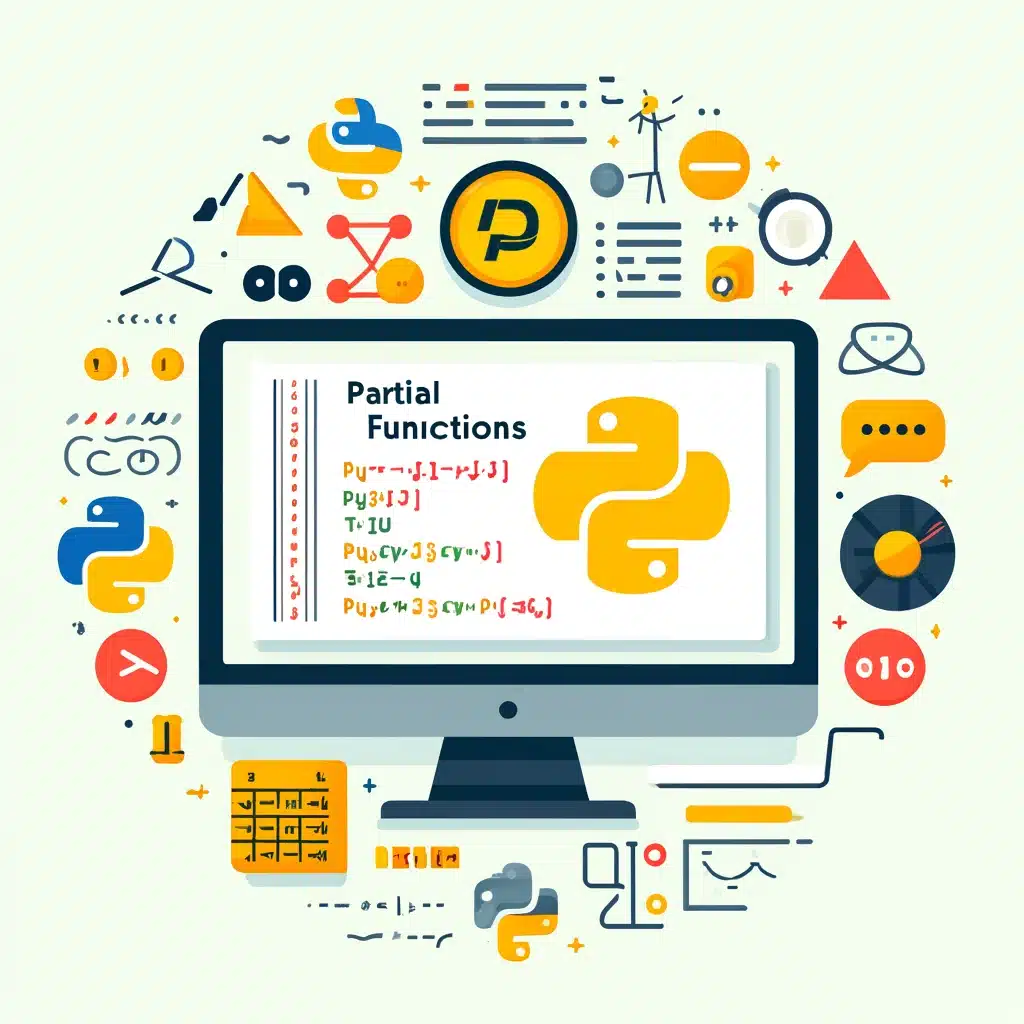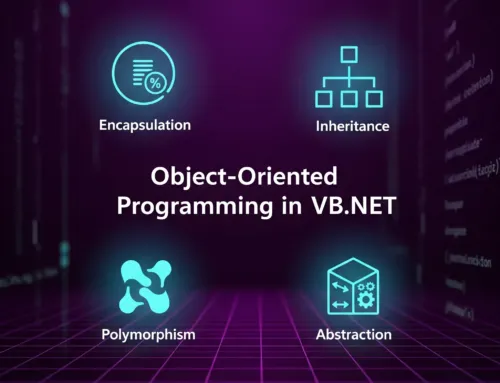
Approx. read time: 3.2 min.
Post: Learn Partial functions Python programming
Lesson: Learn Partial functions Python programming
Introduction
Partial functions in Python are a powerful tool that allows you to fix a certain number of arguments of a function and generate a new function. This is particularly useful when you need to simplify function calls by presetting some arguments.
What You Need
To create partial functions, you’ll need the partial function from the functools library.
from functools import partialHow Partial Functions Work
Partial functions derive a function with fewer parameters by fixing some of the original function’s parameters. This means you can call the resulting function with fewer arguments, which can make your code more concise and readable.
Example 1: Basic Usage
Consider a simple function that multiplies two numbers:
from functools import partial
def multiply(x, y):
return x * y
# Create a new function that multiplies by 2
dbl = partial(multiply, 2)
print(dbl(4)) # Output: 8
In this example, dbl is a new function derived from multiply with the first parameter fixed at 2. When dbl(4) is called, it multiplies 2 by 4 to return 8.
Important Note – Learn Partial functions Python programming
When using partial, the default values replace variables starting from the left. For example, in dbl = partial(multiply, 2), the 2 replaces x. This might not make a difference in simple examples, but it’s crucial in more complex functions.
Example 2: More Complex Usage
Here’s a more complex example:
from functools import partial
def func(u, v, w, x):
return u*4 + v*3 + w*2 + x
# Create a partial function with the first three parameters fixed
p = partial(func, 5, 6, 7)
print(p(8)) # Output: 60
In this example, p is a new function where u, v, and w are fixed to 5, 6, and 7 respectively. When p(8) is called, it computes 5*4 + 6*3 + 7*2 + 8, resulting in 60.
Exercise – Learn Partial functions Python programming
Now it’s your turn to practice creating partial functions. Follow the instructions below to complete the exercise.
Instructions
- Define a function
funcwith four parameters:u,v,w, andx. - Use the
partialfunction to create a new function by fixing the first three parameters offuncto5,6, and7. - Call the new partial function with a single argument so that the output is
60.
Code to Start
from functools import partial
def func(u, v, w, x):
return u*4 + v*3 + w*2 + x
# Create your partial function here
# Print the result here
Assignment Answer Key
Here’s the solution for the exercise:
# This is the answer code. Try coding the answer yourself first.
from functools import partial
def func(u, v, w, x):
return u*4 + v*3 + w*2 + x
p = partial(func, 5, 6, 7)
print(p(8)) # Output: 60
You can use an online Python compiler like Trinket.io to test your code and see the results instantly.
Summary – Learn Partial functions Python programming
Partial functions are a handy feature in Python that allow you to fix certain arguments of a function and create a new function with fewer parameters. This can simplify your code and make function calls more intuitive. Practice creating partial functions to become more comfortable with this powerful tool!
Partial Functions in Python – Functools Tutorial
Related Videos:
Related Posts
Python Online Compiler Code on the Go
Demystifying Structured Data: A Beginner’s Guide to Enhancing SEO with Schema.org Markup
Boost Your Brainpower: How Just 6 Minutes of Daily Exercise Can Make You Smarter and Healthier
Learn about programming Functions in Python
What are the Memory Allocations available in Java?
Learn about JavaScript FUNCTIONS
Python 3 Object Oriented Programming
functools — Higher-order functions and operations on callable objects
Learn about programming Functions in Python
Learn Modules and Packages in Python programming
How to Spy on Competitors with Python & Data Studio
Exception Handling in Python programming
Learn about Python Sets (lists)
Learn Code Introspection Python Programming
GitHub’s and more best FREE guides for Python developers
College graduates not learning a programming language that’s vital for top tech jobs.









